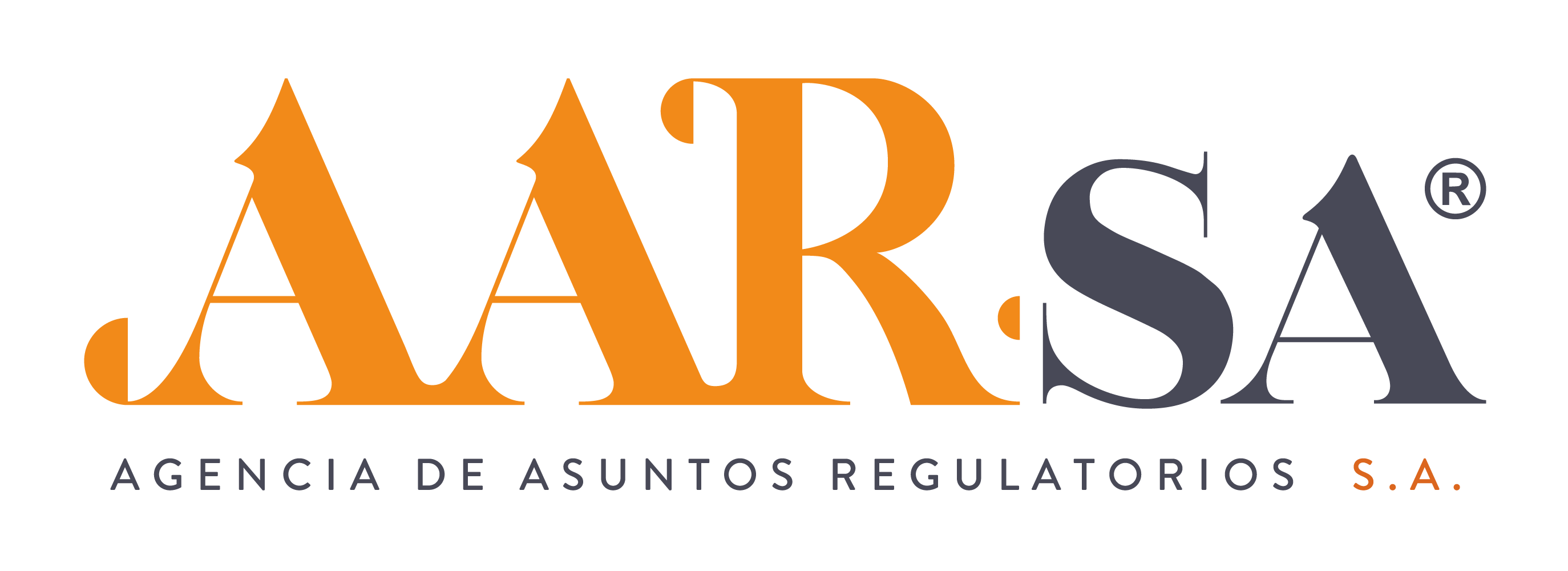In the complex network of regulatory and health issues, companies face a series of challenges to ensure compliance with current regulations. However, compliance is not only a legal obligation, but also an opportunity to demonstrate commitment to quality and safety. In this blog, we will explore a variety of key strategies to help businesses achieve and maintain regulatory and healthcare compliance.
1. Deep Understanding of Regulations
The first step toward effective compliance is a thorough understanding of applicable regulations. This involves identifying and analyzing relevant local, national and international regulations that affect the company’s specific industry. Staying aware of legal requirements is critical to designing strong compliance strategies.
2. Implementation of Comprehensive Management Systems
A comprehensive management system provides the necessary framework to organize and manage compliance processes effectively. This may include implementing internationally recognized standards, such as ISO 9001 for quality management and ISO 13485 for medical devices. These systems not only facilitate compliance, but also improve operational efficiency and customer satisfaction.
3. Staff Training and Awareness
Well-trained staff are an invaluable asset in regulatory compliance. Providing regular training on relevant regulations, compliance procedures and industry best practices can help ensure that all employees understand their role in maintaining compliance. Staff awareness is key to avoiding costly mistakes and promoting a culture of compliance within the organization.
4. Continuous Monitoring and Evaluation
Compliance is not a static goal, but rather an ongoing process that requires constant monitoring and evaluation of procedures. Implementing robust monitoring systems that identify and address compliance deviations in a timely manner is essential to avoid serious regulatory issues. Regular feedback and review of processes ensures that the company is always up to date with changing regulatory requirements.
5. Collaboration with Regulatory Authorities
Maintaining an open and collaborative relationship with regulatory authorities is key to successful compliance. This may involve regular communication about compliance processes, participation in briefings, and cooperation in regulatory audits. Transparency and goodwill can help build a positive relationship with regulatory authorities and facilitate long-term compliance.
Conclusions
Effective regulatory and healthcare compliance is essential to a company’s success and reputation. By implementing strong compliance strategies, companies can not only comply with regulations but also improve their operational efficiency and competitive position in the market. By taking a proactive approach to compliance, companies can turn regulatory challenges into opportunities for business growth and excellence.

